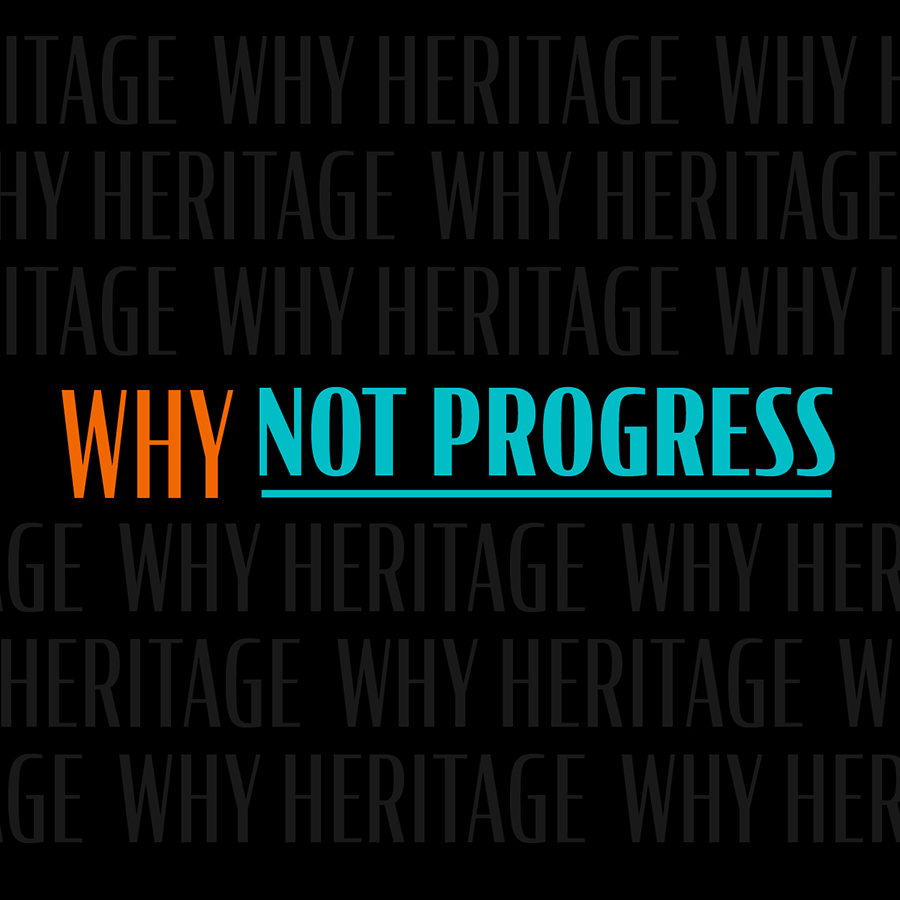Heritage
Why Not Progress?
Published
January 24, 2024
By
Team

Heritage as the antithesis of progress
In the thick of urbanisation, heritage is often portrayed as the antithesis of progress and cities have become the battleground where this debate plays out. Some academics claim heritage preservation stymies progress by invoking nostalgia for a bygone era, distracting the public from critically engaging with the present and the future. In cities, the argument has become entangled with issues of resource allocation and urban development. Questions arise of how much progress should be sacrificed for the sake of preserving historical architecture and vice versa.
Nearby in Manila, Philippines, the city which is steeped in history and culture is struggling to strike a delicate balance between the two camps. Old buildings like the Crystal Arcade, the Avenue Theatre, and the Rizal Theatre were demolished to make way for offices, restaurants, and towering five-star hotels. Concurrently, heritage conservation has led to the impediment of necessary developments to tackle urban problems such as congestion, waste disposal, and informal settlers. This highlights the necessity of progress and urban development in allowing communities to enjoy a certain quality of life, especially when resources needed to preserve heritage are also required for the future.
Heritage can also hinder societal and cultural progress when it is presented as a timeless version of the past, detached from its historical context. A case in point is old-school playgrounds in Singapore. These mosaic playgrounds that used to play an important role in unifying communities have been transformed into a symbol of national spirit in public discourse. In reality, many have been demolished to make space for urban development. The dichotomy has made these once-meaningful structures of collective memory seem like hollow symbols of the past, robbed of its historicity and devoid of its original significance.
Heritage preservation driven by progress
On the flip side, Societal progress increases the visibility of heritage and drives its preservation. Technological leaps have brought about better documentation of traditions and historical events, increasing people’s awareness of them.
Social media and the Internet are powerhouses in raising awareness of various cultures and traditions from all over the world. For instance, there has been growing interest and knowledge of New Zealand’s heritage thanks to demonstrations of the Māori community’s traditional practices like the Haka on televised sporting events.
With growing awareness of heritage comes the increasing value we see in the past. This guides us to make better conservation decisions for the future. After all, it is through modern academic research and conservation efforts that some of the world’s most iconic sites like the Great Wall of China and Indonesia’s Borobudur Temple are accorded their significance. These processes enhance the cultural value and meanings inherent in these sites, marking them out as important locations which are preserved for the posterity of mankind
Heritage intertwined with progress
Even though they are often depicted as mutually-exclusive, heritage and progress can in fact be deeply intertwined ideas — after all, it is through contemporary debates, values, and aspirations that heritage is defined and preserved.
Rapid urbanisation has changed the way we engage with objects, events, locations, practices, and memories. It has shaped the way we see the preservation of the past and how we reinterpret history for a purpose in the present. In this way, heritage does not just exist — it is a product of progress. For example, climate activist Andrew Potts shares that cultural heritage-based solutions help rally the international community to better mitigate climate change issues. This is especially so as ancient heritage sites are often heavily impacted by climate change, as exemplified by Venice which is facing a very real risk of being consumed by rising sea levels. In that way, heritage can put a face to the climate problem, help humanise conversations surrounding climate issues, and inspire progressive change.
Understanding heritage, past cultures, beliefs, and thoughts, also opens us up to new ways of looking at life, paving the way for progressive thinking. While many might have thought the gender binaries we are accustomed to was rooted in history, communities like the Bugis people in Indonesia prove otherwise. Influenced by pre-Islamic practices, they adopt the view that gender exists on a spectrum, believing in the existence of five genders. Gaining insight into such historical heritage can present us with new perspectives and approaches to how societies should be structured.
Embracing the duality
While often characterised as oppositions, both heritage and progress have intrinsic ties to our present. It is through recognising and cherishing the heritage that shaped our cities into what they are today that we are better able to engage with progress and forge a way forward as a modern society.

